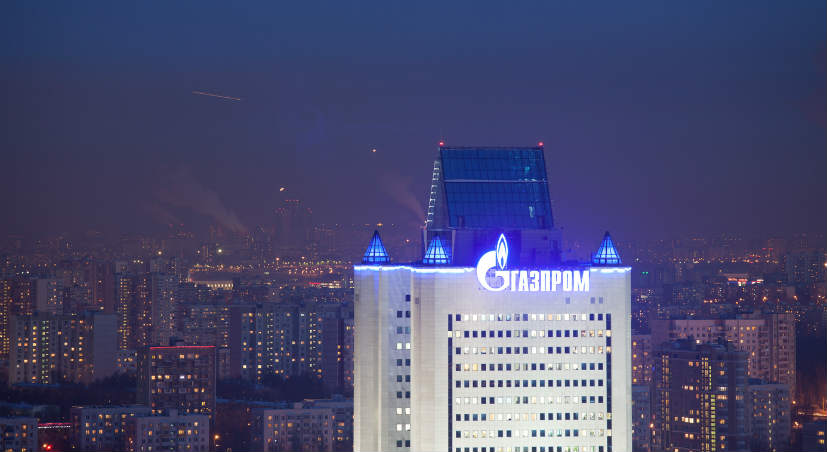Alexey Miller, Chairman of the Gazprom Management Committee, and Anatoly Chubais, Chairman of the Executive Board of RUSNANO, held a joint meeting on the use of nanotechnologies in the interests of Gazprom.
Taking part in the meeting were top executives of the two companies, heads of the relevant units and organizations of Gazprom, RUSNANO and the Fund for Infrastructure and Educational Programs, and representatives of the domestic nanotech industry.
Gazprom and RUSNANO continue to implement the program to boost the demand for innovative products, including nanotechnologies, in the gas industry. The companies make efforts to, inter alia, assess offers and test products from nanotechnology organisations and related high-tech companies.
Great importance is attached to ensuring such products are of excellent quality. In that connection, it was decided to draw up an agreement to harmonize the INTERGAZCERT and NANOCERTIFICA voluntary certification systems, the former of which was developed by Gazprom.
Background
In 2011, Gazprom and RUSNANO approved the Program to boost the demand for innovative products, including nanotechnologies, in the gas industry.
In 2016, the Gazprom Innovative Development Program until 2025 was approved. The Program is primarily aimed at continuously advancing Gazprom’s technological level to maintain the Company’s position as a technological leader in the global energy market. It provides for proactive cooperation with corporate and independent research organisations in R&D activities, as well as with national development institutes and higher education institutions in joint research and staff training programs.
The INTERGAZCERT system is meant to certify compliance of products, works, services and management systems with international and national standards, as well as Gazprom’s standards. The system covers a large number of homogeneous product groups from natural gas and oil to a wide range of oil and gas machinery, automation facilities, and software.
NANOCERTIFICA compliance certificates are used to identify products as nanotechnological and confirm their compliance with specified primary characteristics and safety parameters.

